DJI’s Mavic 4 Pro Promo Shows Drone Footage From Prohibited National Parks And Tribal Lands
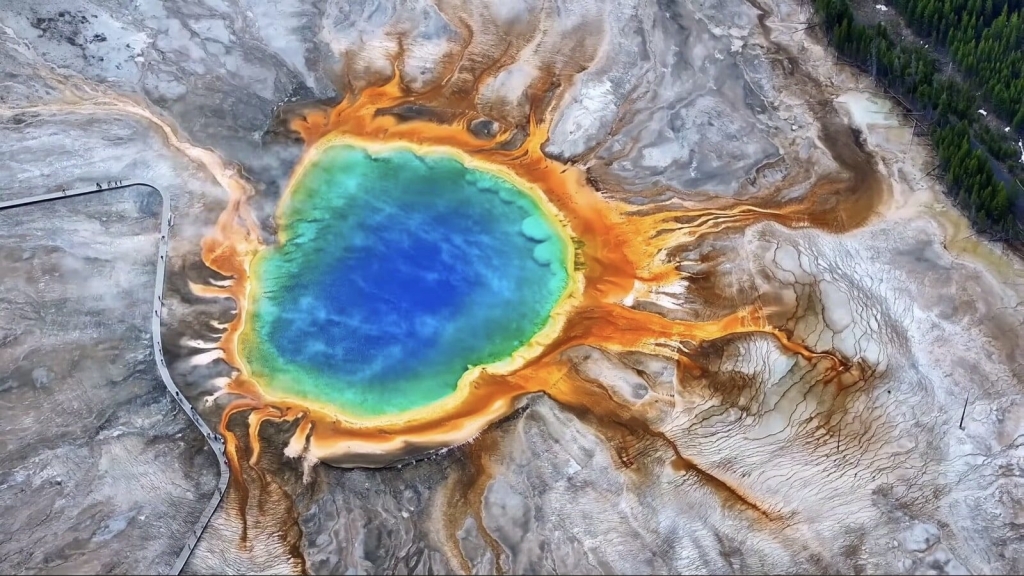
DJI just posted a promotional video showcasing its new Mavic 4 Pro capturing stunning landscapes across the American West—including drone footage from multiple locations where recreational and commercial drone flights are strictly prohibited or severely restricted. The video features imagery from national parks and Navajo tribal lands where drone operations have been banned for over a decade, raising immediate questions about permits, transparency, and the message being sent to millions of drone pilots.
The implications go beyond a single marketing video. When the world’s largest drone manufacturer showcases footage from restricted areas without disclosing permit status, it risks normalizing illegal flights and undermining years of advocacy for responsible drone use in sensitive locations.
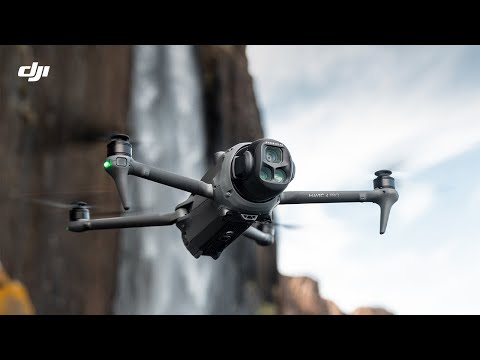
Restricted Locations Featured in DJI’s Video
The four-minute promotional video titled “The West Awaits—Epic Road-trip Journey Captured with 100MP Mavic 4 Pro” includes aerial footage from at least five locations with strict drone restrictions. Monument Valley Navajo Tribal Park appears prominently, despite the Navajo Nation explicitly stating that “Drones are Prohibited at all Navajo Tribal Park locations.” The policy allows no exceptions for recreational or standard commercial use.
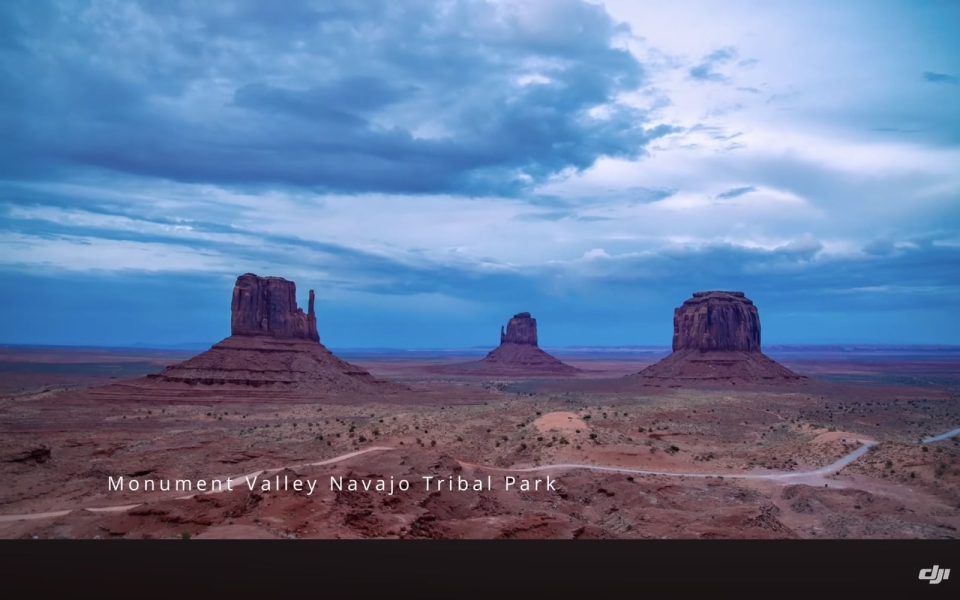
Death Valley National Park‘s distinctive badlands also feature in the video, along with what appears to be Yellowstone’s Grand Prismatic Spring. Both fall under the National Park Service’s blanket drone ban, established in 2014 through Policy Memorandum 14-05. The Golden Gate Bridge makes an appearance as well—the bridge sits within Golden Gate National Recreation Area, another NPS property where drone operations are prohibited.
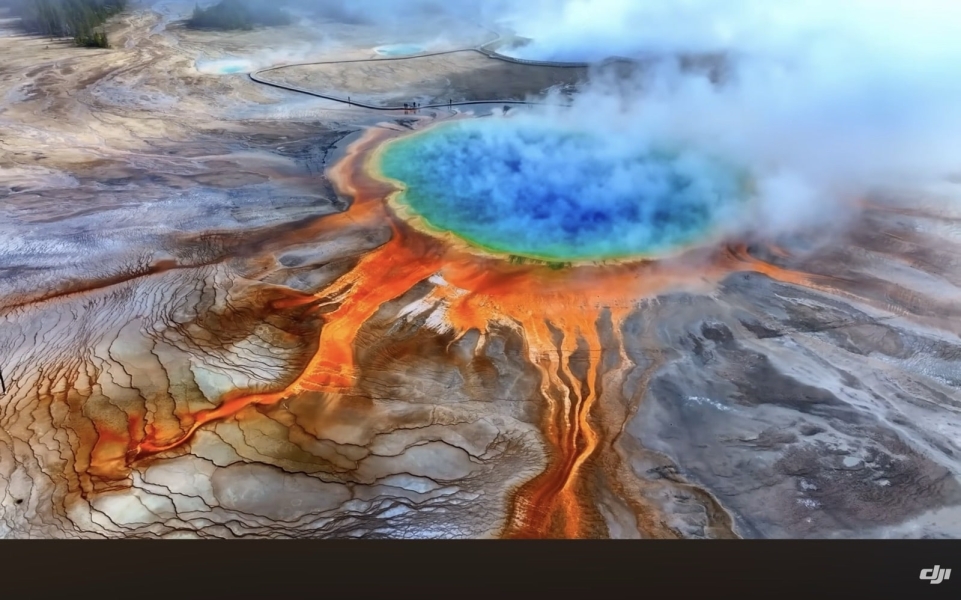
Ship Rock in New Mexico, a sacred formation to the Navajo people, also appears in the promotional footage. While technically requiring a permit from the Navajo Nation Film Office rather than being completely banned, accessing this location for drone filming demands advance authorization that few recreational pilots could obtain.
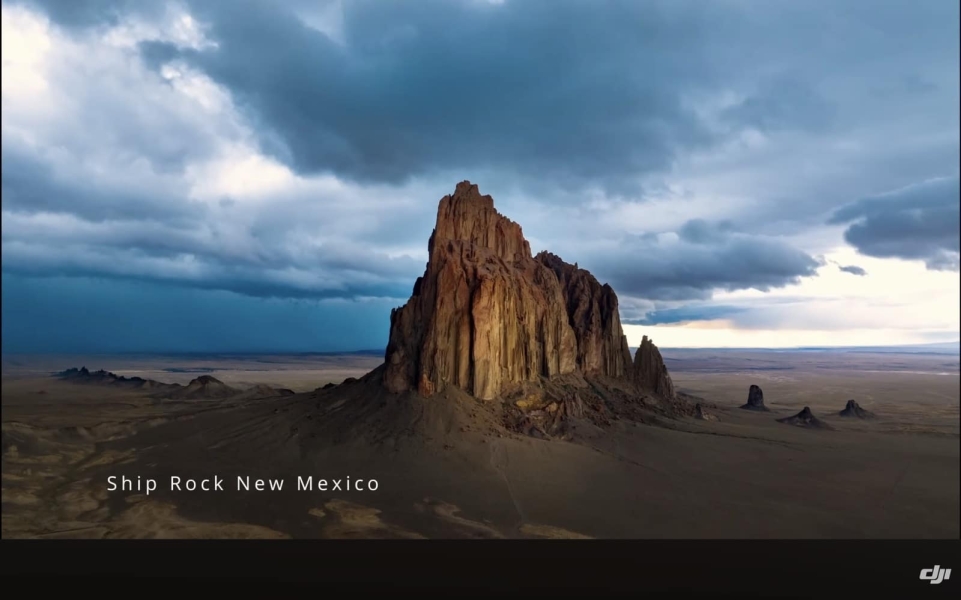
Perhaps most notably, the video features extensive aerial footage of Grand Canyon National Park, including dramatic rim shots and canyon vistas that are unmistakably captured from airborne perspectives. The Grand Canyon represents one of the NPS’s most heavily visited parks, welcoming over 4.7 million visitors annually, and has maintained strict drone restrictions since the 2014 ban.
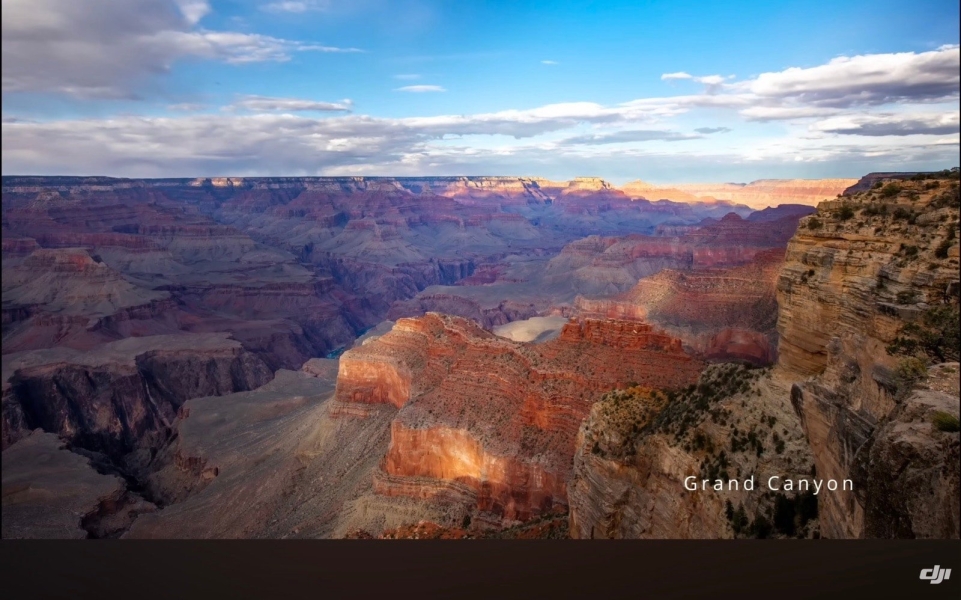
The park has dealt with numerous illegal drone incidents over the years, including a 2020 case where rangers issued citations and seized drones after finding operators once or twice weekly. The inclusion of Grand Canyon footage in DJI’s promotional material is particularly significant given the park’s status as perhaps America’s most recognizable natural wonder.
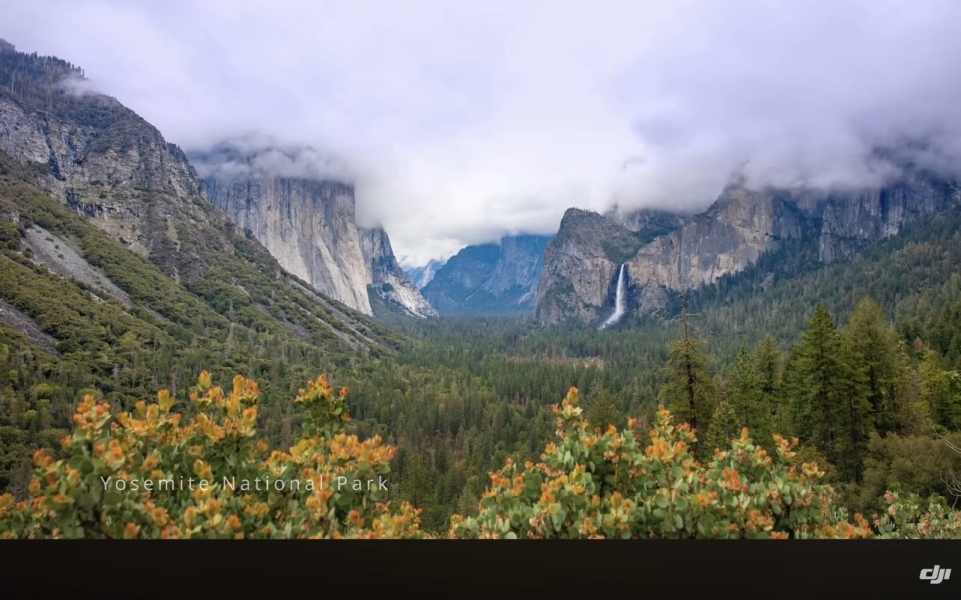
The Regulatory Reality for Drone Pilots
The locations featured aren’t obscure backcountry sites with ambiguous rules. These are some of America’s most iconic landscapes, protected by clear and well-publicized regulations. Violating the NPS drone ban carries penalties up to $5,000 in fines and six months in jail. The regulations explicitly prohibit launching, landing, or operating drones within park boundaries.
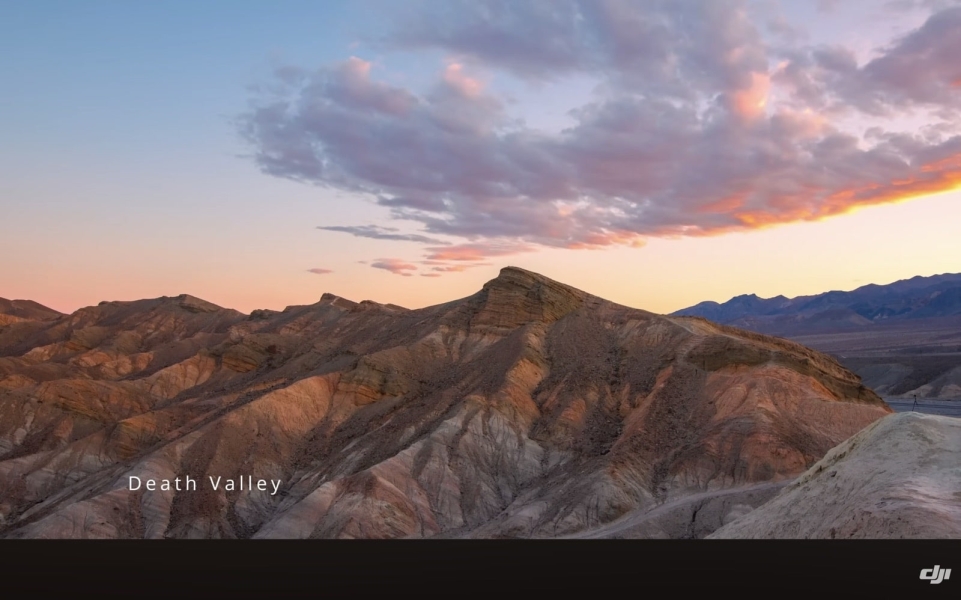
The Navajo Nation takes enforcement seriously as well. Monument Valley’s entrance information warns that “DRONES are Prohibited on the Navajo Nation” and notes that “Failure to have a permit is considered Trespassing on a Federal Indian Reservation.” These aren’t technicalities—they’re fundamental protections for wildlife, visitor experiences, and in the case of tribal lands, sacred cultural sites.
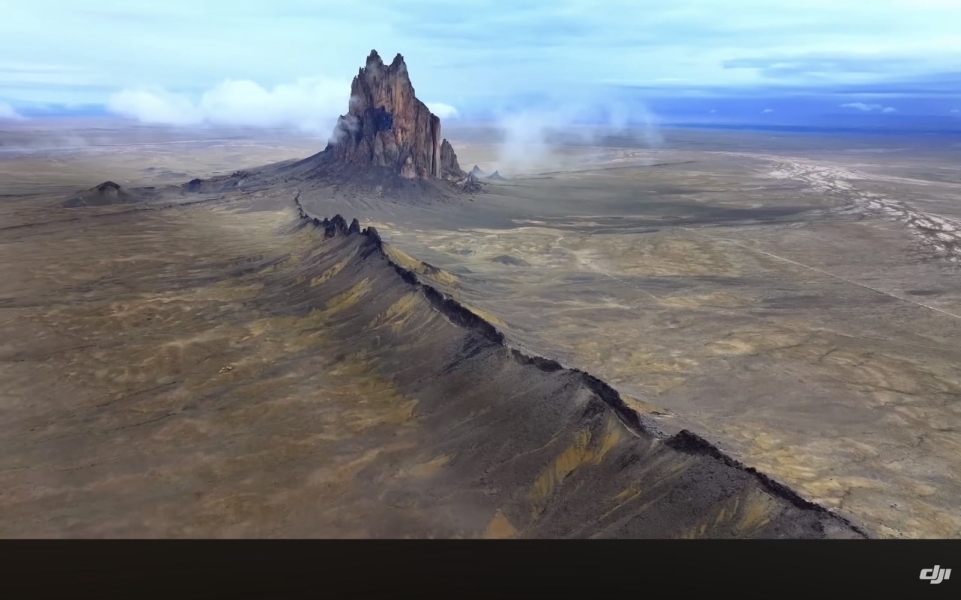
Even the recent FILM Act, signed into law in January 2025 and covered by DroneXL, explicitly maintained existing drone restrictions despite easing other filming requirements. The law’s language makes clear that drone bans remain “absolute, final and unconditional” in NPS-managed areas.
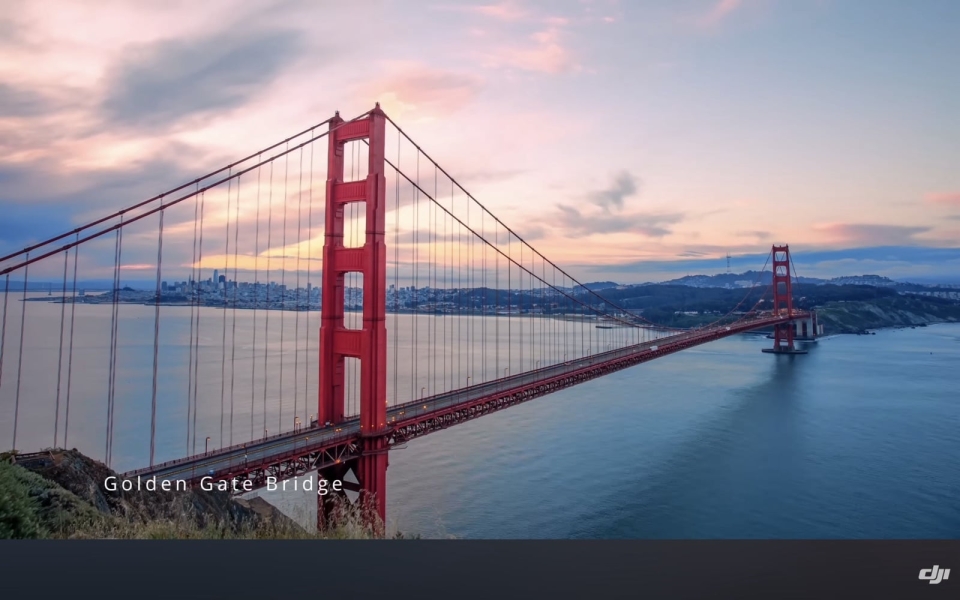
The Permit Question Nobody’s Answering
DJI’s video description mentions the Mavic 4 Pro’s technical capabilities and includes links to purchase the drone, but says nothing about how the footage was legally obtained. This silence leaves three possibilities, none of them good for the drone community.
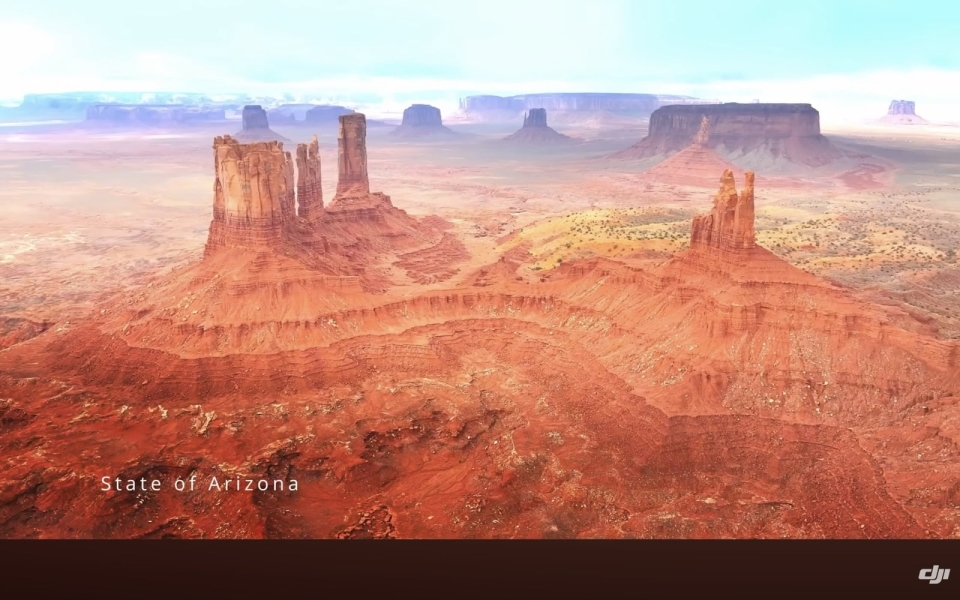
First, DJI may have secured Special Use Permits (SUPs) from the NPS and equivalent authorizations from the Navajo Nation. These permits are notoriously difficult to obtain and typically reserved for scientific research, search and rescue operations, or official park business. If DJI did secure such permits—a significant achievement—why not mention it? Transparency about the permitting process would actually strengthen their marketing message while educating customers about proper procedures.
Second, the footage might have been captured before recent restrictions or using alternative methods like helicopters, then misleadingly presented as drone footage. However, the video explicitly states the content was “Captured with 100MP Mavic 4 Pro” and shows typical drone movement characteristics including the jerky panning several commenters noted.
The third possibility is the most troubling: that DJI’s filmmakers Malu and Daryswalker, like many drone operators before them, simply flew in restricted areas and hoped not to get caught. Given that park rangers report finding illegal drone operators once or twice per week at popular sites like the Golden Gate Bridge, this wouldn’t be unprecedented—but it would be indefensible coming from an industry leader.
Community Response and Industry Impact
Comments on the video reflect the confusion DJI’s silence has created. One viewer asked directly: “It is beautiful, but how was he able to film in a National Park?” Another noted: “Beautiful photography of these stunning landscapes. How difficult was it to get permits to fly in those National and Tribal Park locations?”
The technical quality has also drawn criticism. Multiple commenters pointed out jerky panning movements and questioned the frame rate and shutter speed combinations used. “Beautiful shots, little oversaturated in color. The question I have is why the panning shots when it plays back the movement is jerky?” one viewer wrote. For a flagship promotional video showcasing a 100-megapixel camera system, these technical shortcomings seem at odds with DJI’s usual production standards.
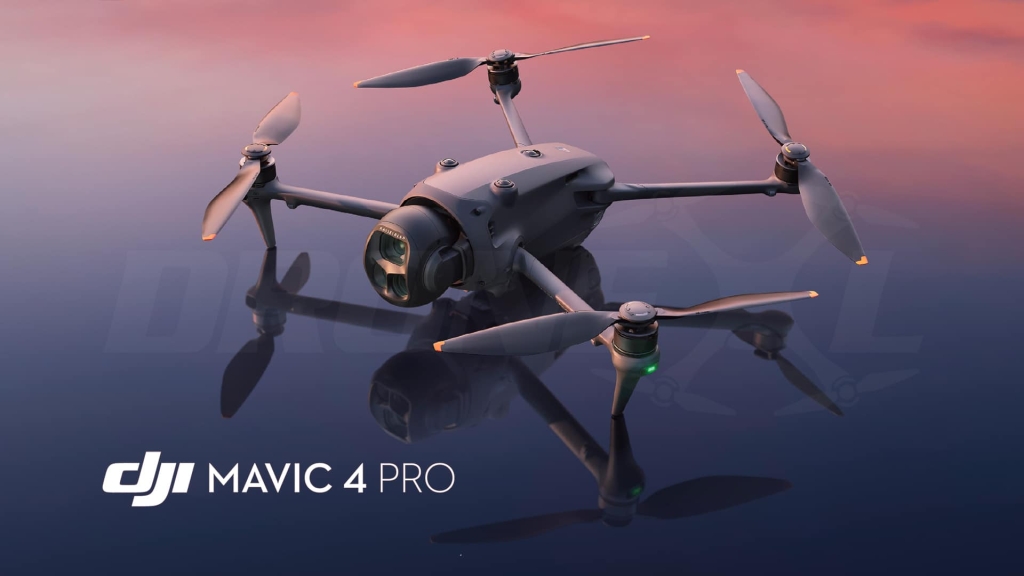
The broader concern is precedent. When DJI—a company that has worked to improve its reputation with U.S. authorities and advocates for responsible drone use—appears to showcase footage from prohibited areas without explanation, it sends a message to customers that these restrictions don’t apply. Millions of drone pilots see these promotional materials, and many will attempt to recreate similar shots in the same locations.
DroneXL’s Take
We’ve covered the national parks drone debate extensively, including the recent FILM Act that maintained these restrictions despite easing other filming requirements. The regulations exist for legitimate reasons: protecting wildlife from disturbance, preserving the natural soundscape visitors expect, respecting tribal sovereignty over sacred lands, and preventing the kind of accidents that have occurred when drones crash into geysers or separate bighorn sheep from their young.
But this situation highlights a persistent problem in drone marketing. Manufacturers regularly showcase breathtaking footage from iconic locations while remaining conspicuously silent about how that footage was legally obtained. This creates an aspirational gap—customers buy expensive drones expecting to capture similar imagery, only to discover that the best locations are off-limits.
DJI has an opportunity here to set a better standard. A simple addition to the video description explaining permit status—whether they obtained SUPs, filmed from adjacent legal areas, or used alternative capture methods—would transform this from a potential problem into an educational moment. Instead, the silence forces the community to speculate and wonder whether the industry’s largest player is playing by different rules.
The technical issues in the footage raise additional questions about production standards. Jerky panning and apparent exposure problems in what should be a flagship promotional piece suggest either rushed production or unfamiliarity with optimal settings. For a camera system DJI is positioning as professional-grade, these shortcomings undermine the marketing message.
The timing is particularly unfortunate given ongoing regulatory discussions about DJI’s future in the U.S. market. Appearing to disregard or circumvent clearly established rules—even in marketing materials—doesn’t help the company’s case with policymakers or the advocacy community working to ensure reasonable regulations for all drone pilots.
What do you think? Share your thoughts in the comments below.
